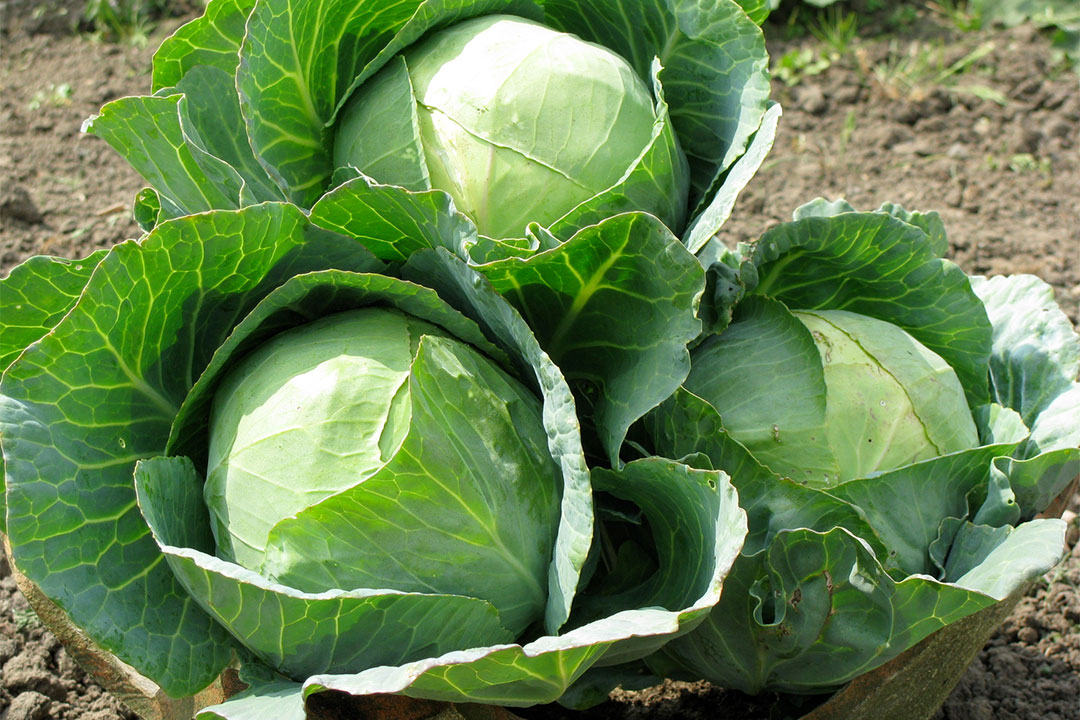
Section 1: Cabbage Cultivars
Cabbage cultivars, integral to a successful cabbage cultivation venture, are meticulously classified based on essential attributes such as head size, shape, leaf characteristics, color, and the crucial factor of time to maturity. The adoption of F1 hybrids is highly recommended, owing to their exceptional qualities like uniformity, compactness, high yield, and superior attributes compared to traditional cultivars. Notable varieties for cultivation in Zimbabwe and Zambia are segmented into maturity categories:
- Early Maturity:
- Star 3301: Known for its rapid growth and consistent yield.
- Hercules: Recognized for its robustness and adaptability.
- Marcanta F1 Hybrid: A hybrid boasting resilience and premium quality.
- Rotan F1 Hybrid: Renowned for its adaptability and disease resistance.
- Star 3311 F1 Hybrid: Notable for uniformity and high yield.
- Golden Acre: A classic variety with a reputation for reliability.
- Medium Maturity:
- Cape Spitz: A versatile variety suitable for diverse climates.
- Star 3315 F1 Hybrid: Exhibits a balanced combination of quality and yield.
- Klabishi F1 Hybrid: Noteworthy for its adaptability and taste.
- Copenhagen Market: A traditional variety esteemed for its culinary uses.
- Late Maturity:
- Drumhead: A late-maturing variety, known for its large, round heads.
- Green Coronet F1 Hybrid: Recognized for its extended shelf life and exceptional quality.
Section 2: Soil Requirements
Cabbage thrives in fertile, loamy soils characterized by excellent water-holding capacity. A crucial consideration is maintaining the soil pH within the optimal range of 5.5 to 6.3, ensuring the conducive environment necessary for robust cabbage growth.
Section 3: Climate
Cabbage cultivation reaches its zenith in cool, moist climates, ideally during the autumn, winter, and spring seasons. While this is the prime period for cabbage growth, it’s important to note that with the right strategies, cabbage cultivation can be sustained throughout the year.
Section 4: Land Preparation
Preparation of the land is a pivotal step in ensuring a successful cabbage cultivation venture. Employ deep plowing and discing techniques to achieve a fine tilth, promoting optimal conditions for seed germination and subsequent plant growth.
Section 5: Planting Time, Soil pH, Temperatures, and Seeding Chart
- Soil pH: Maintain a pH level between 5.5 – 6.3 to support optimal nutrient absorption.
- Planting Time and Temperature:
- Highveld (Zimbabwe): August to April – Ideal for extended growth periods.
- Lowveld (Zimbabwe and Zambia): January to May – Aligns with favorable climate conditions.
- Sowing Depth: Plant seeds at a depth of 10 mm to ensure proper germination.
- Seed Rate per Hectare: Tailor the seed rate based on the emergence timeline after transplanting.
- Spacing: Implement specific row and within-row spacing based on the cabbage variety and its maturity.
Section 6: Fertilizer Requirements
Cabbage’s nutritional needs are addressed through a well-structured fertilizer regimen, including basal dressing, kraal manure incorporation, top dressing, and additional fertilizer borate application in case of deficiency.
- Basal Dressing: Apply 1000 kg/ha seedfert (7:21:7) or 600-800 kg/ha compound C (6:18:15) as a foundation for optimal growth.
- Kraal Manure: Incorporate 25–50 tonne/ha of kraal manure at least 4 weeks before planting to enhance soil fertility.
- Top Dressing: Administer 100 kg/ha AN twice at three-week intervals post-transplanting to sustain cabbage growth.
- Fertilizer Borate: Address boron deficiency by applying 30-35 kg/ha or 110 g borax per 10 square meters.
Section 7: Weed, Insect Pest, and Disease Management
Effectively managing weeds, insect pests, and diseases is imperative for a thriving cabbage crop. Implement a combination of cultural, biological, and chemical methods, referring to the Agrochemicals (brassica) and Integrated Pest Management (IPM) sections for detailed strategies.
Section 8: Irrigation
Optimal irrigation practices are fundamental to cabbage cultivation. Pre-transplanting, ensure the field is saturated to a depth of 90–100 cm. Subsequent irrigation should be attuned to water consumption, considering approximately 80% of evaporation from a Class A evaporator.
Section 9: Harvesting
The harvest period for cabbage typically spans 15 to 20 days at maturity. Timely harvesting ensures peak flavor, texture, and nutritional content.
Section 10: Yield
The expected yield of cabbage varies based on the cultivar chosen. Open-pollinated varieties yield around 30-35 tonnes/ha, while F1 hybrids, with their enhanced traits, offer a significantly higher yield ranging from 50-75 tonnes/ha. Careful selection of cultivars and adherence to best practices contribute to achieving these impressive yield figures.


















